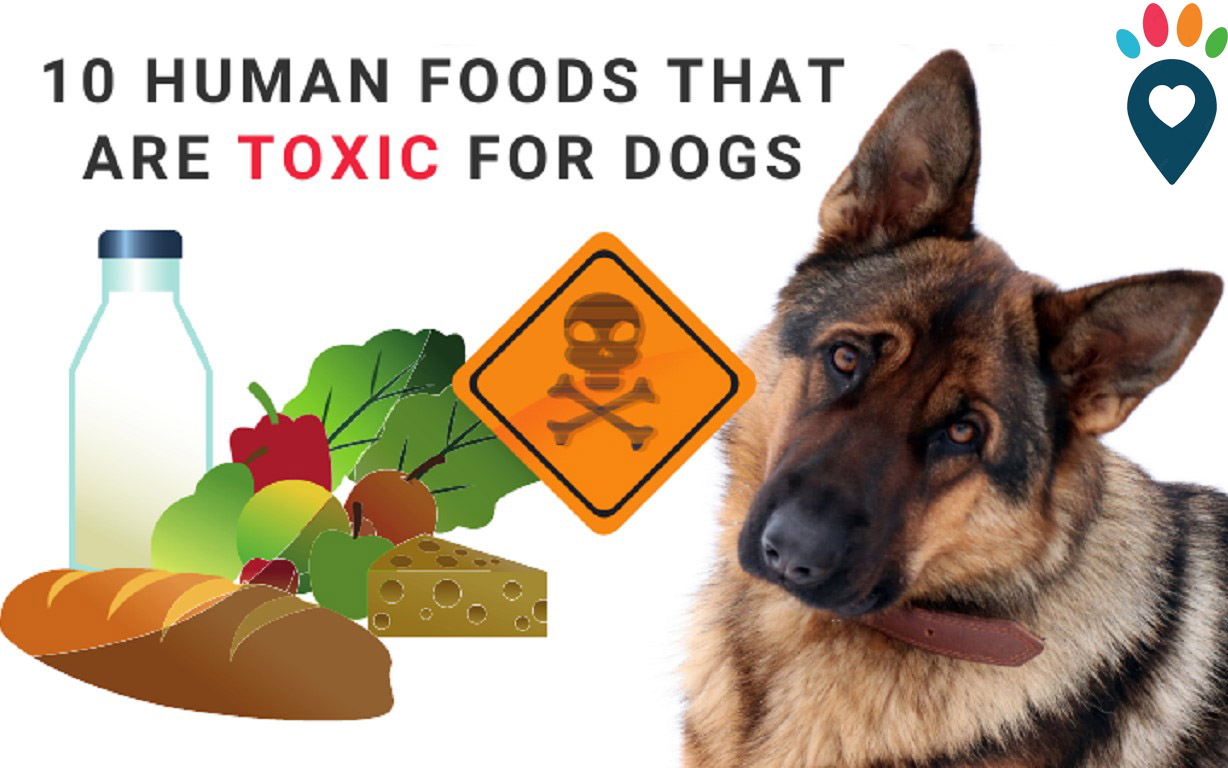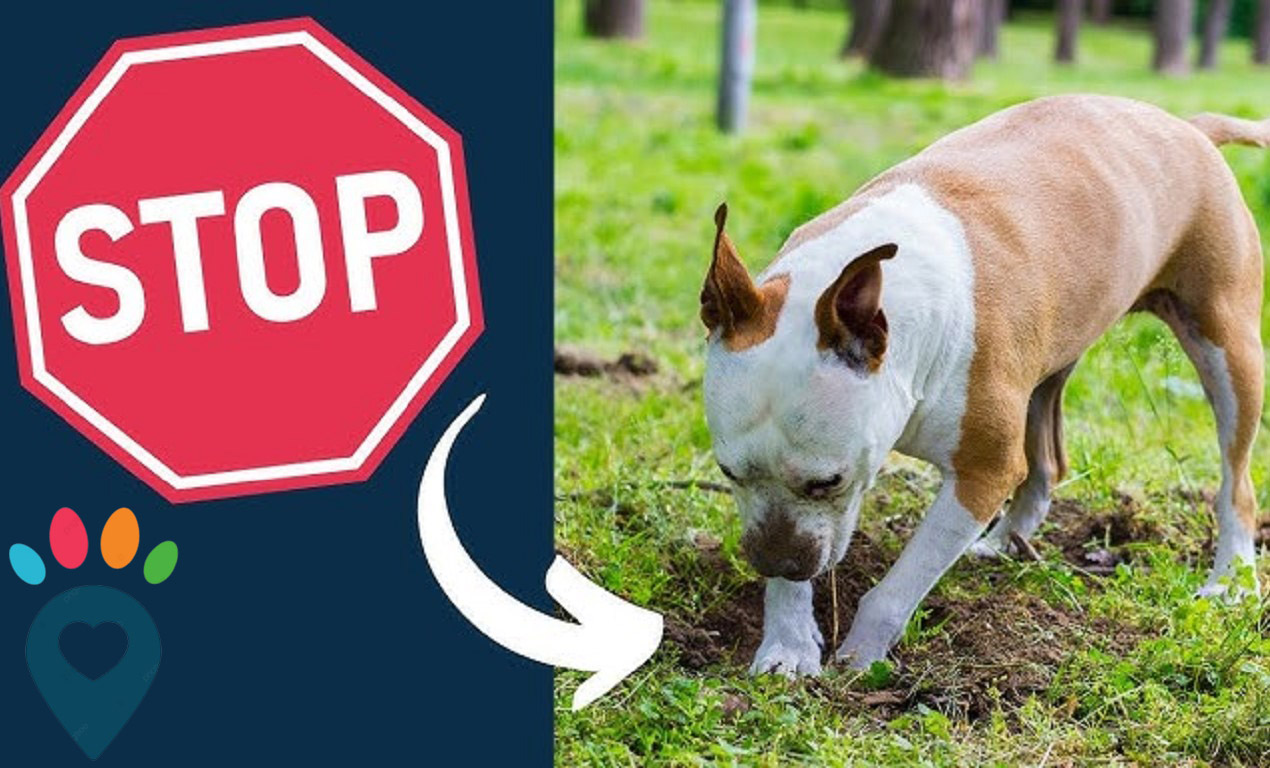
What Your Dog’s Behavior Is Really Telling You
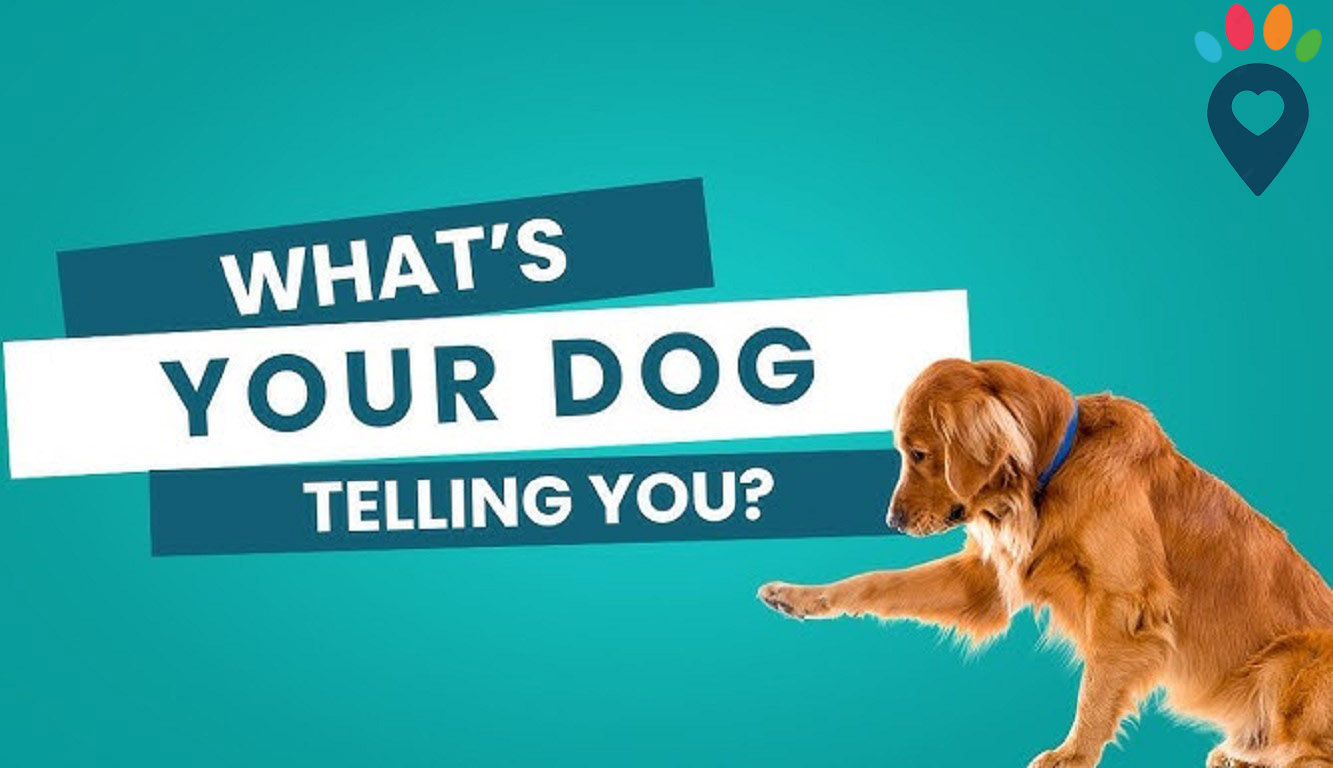
Dogs may not speak to each other using words, but they’re still able to communicate and understand each other. If you pay close attention patterns in your dog’s behavior, you can find a lot of information about their emotions, needs, and health.
For being a good pet owner, understanding your dog’s emotional state is very important. For instance, when you notice your puppy is anxious, you can intervene to either ease their fears or take them out of the stressful situation. Just like a new born baby, your dog’s every action is clue to how they are feeling and what they may need from you.
In this article, we’ll explore dogs’ behavior in two main areas: vocalization and body language. Understanding these basics will help you interpret your dogs signals more effectively.
1.Dogs’ Body Language
As we all know, dogs can't speak in words, but they’re constantly communicating through body language. Whether they are wagging tail, or pricking up ears, every movement tells you something about how your dog is feeling. Therefore, recognizing what your dog’s body is telling you is essential for deeper connection and overall well-being.
1.1Dog's Tail
Do you know different dogs’ tail postures indicate different emotions? For instance, the dog is emotionally aroused when he is wagging tail. It might signal excitement—or it could indicate frustration, or even something more serious. More specifically, if your dog’s tail is loose and their whole body—including the back end—is wiggling, they’re likely in a cheerful, friendly mood. However, if your dog’s tail wags very stiffly, may indicate discomfort or tension and are preparing for a negative interaction.
In addition, when your dog lowers their tail close to the ground or tucks it between their legs, it often means they’re worried or scared. And if your dog’s tail stands straight, it indicates they are probably feeling alert, excited or focused. Moreover, once their tail is very stiff, you’d better back off or remove whatever seems threatening to your dog to help them feel less upset. While your dog is holding their tail in a neutral position, it means they are relaxed. Lastly, it’s worth noting that different breeds carry their tails differently, which means tail signals can sometimes be quite subtle.
1.2Dog's Ears
Do you know dogs have incredibly sensitive hearing which is far superior to that of humans? Ear position also plays a key role in showing a dog’s emotions—whether they’re calm, attentive, or anxious. For instance, when your dog’s ears are forward, they are probably feeling alert and focused.
While their ears pull back, it indicates they are nervous or scared. Furthermore, if a dog’s ears pull slightly back, the dog might be curious or interested in surroundings. On the other hand, when a dog’s ears pin straight back, the dog is probably feeling extremely scared. You need to try to emove whatever is frightening them at the moment.
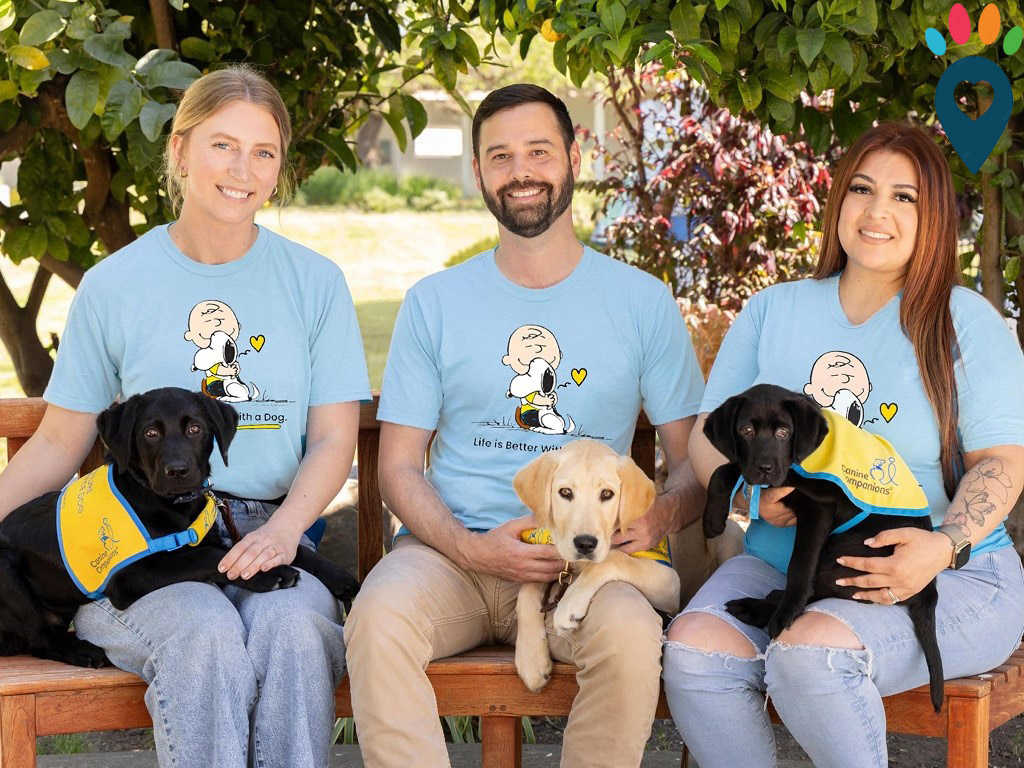
1.3Dog's Eyes
Just like humans, a dog’s eyes are powerful tools for communication, health assessment, and bonding, so understanding a dog’s eyes is also crucial for pet owners. If your dog has soft eyes —meaning their eyelids are relaxed—it usually means they’re calm and comfortable.
However, if your dog has a hard stare, which means they are gazing at something intently and doesn’t break focus, it’s a sign hat a dog is getting ready to fight, snap or bite. When a dog looks at you with a hard stare, you’d better not to stare back. Because they will perceive your behavior as a threat and may react to protect themselves.
In addition, your dog’s eye contact is very is also important for you to understand them. Some puppies have no trouble holding eye contact, especially with those they know and love. While other dogs just avoid eye contact altogether, which may mean they feel scared or nervous about their situation.
1.4Dog's Head
When observing your dog’s head movements, you might start to wonder what they’re trying to communicate. Actually, how a dog positions and moves its head often speaks volumes about what it's feeling and trying to express. For instance, when your dog lowers its head, it’s often a sign of discomfort or unease.
On the other hand, when your dog’s tongue peeks slightly from its mouth as they walk, it may indicate they are relaxed and comfortable. If your dog’s tongue hangS very far out of its mouth, it may means your dog is nervous and in need of comfort. If your dog frequently keeps its mouth open more than usual, it might indicate a health concern like nasal congestion or a dental issue. You need to consult your vet immediately.
Additionally, when a dog holds its head high, it may indicate they are walking around in their normal, relaxed resting state. Conversely, if a dog’s body seems rigid, it could mean the dog is anxious or sensing something threatening nearby.
1.5Dog's Body Posture
As we all know, a person’s posture uaually conveys some information. A dog’s posture also communicates a lot about how they’re feeling inside. For instance, when your dog experiences strong emotions like excitement or fear, the hair along its back may rise due to a natural reflex called piloerection. If a dog does a play bow, which a dog stretches their front legs and leans on their elbows in a bowing position, it’s a sign that the dog’s intentions is friendly and playful. If your dog is lowering its body and trying to make itself look smaller, it indicates the dog is in a stressful situation, feeling scared of someone or something nearby. If a dog rolls onto its back, it may mean the dog is giving you an open invitation for some much-needed belly rubs. If a dog is standing in a rigid posture, it often indicates the dog is feeling uncomfortable, scared or stressed.

2.Dog’s Sounds
In addition to the body sending some information, the dogs’ voice also tell you they're thinking or feeling.
2.1Panting
Panting is a completely natural behavior in dogs, primarily used to regulate their body temperature. However, it can sometimes signal that something more may be going on. For instance, if your lightly panting in a calm, steady rhythm, it might simply mean they’re relaxed. If the dog pants slightly, it may indicate the dog is happy or energetic.
In addition, if your dog pants heavily, you need to pay close attention. This kind of panting often indicates a serious underlying issue with your dog. Dogs commonly respond to high temperatures, injuries, or chronic illnesses by panting. If you notice your dog is panting excessively, allow the dog to rest in a cool environment. However, if the panting continues for an extended period, it’s best to consult your veterinarian promptly.
2.2Whining
Whining, like many other dog behaviors, can have multiple meanings—so it’s crucial to observe other signs to understand the reason behind it. In fact, whining is a difficult vocalization to identify. A dog may whine out of excitement, high energy, or as a response to stress. An injured or ill dog may whine to express their discomfort.
To put it simply, your dog might whine to get noticed when you’re not paying attention. Your dog may also whine and sit near the back door as a way of signaling that they need to go outside to relieve themselves.
2.3Barking
Dog barking varies in tone and intensity, and regardless of how it sounds, it's important to listen and understand what your dog is trying to communicate. For instance, persistent barking often signals that someone has entered the dog’s territory, and the dog is alerting their family. If the barking is deep and loud, it’s usually a warning to strangers to stay away. In addition, when you come across a dog with yelping barks, you need to seek help immediately. Because this case means the dog is injured.
2.4Singing
Dogs are known for their wide range of vocalizations, and one of the more fascinating sounds they make is howling or “singing.” The singing usually means the dog is happy.
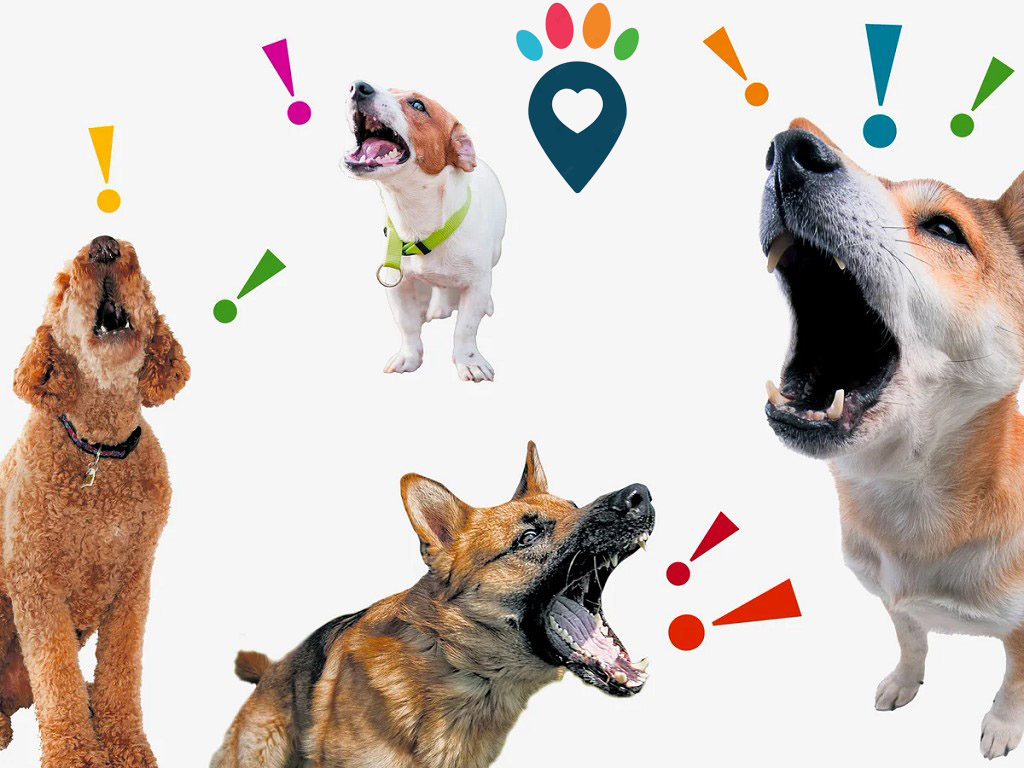
Understanding what your dog’s behavior is really telling you is one of the most powerful ways to strengthen your bond and ensure their well-being. From the way they wag their tails to the tone of their barks or the position of their ears, every movement and sound carries meaning. Therefore, in order to well understand dog’s body language and souds, you need to pay close attention.

